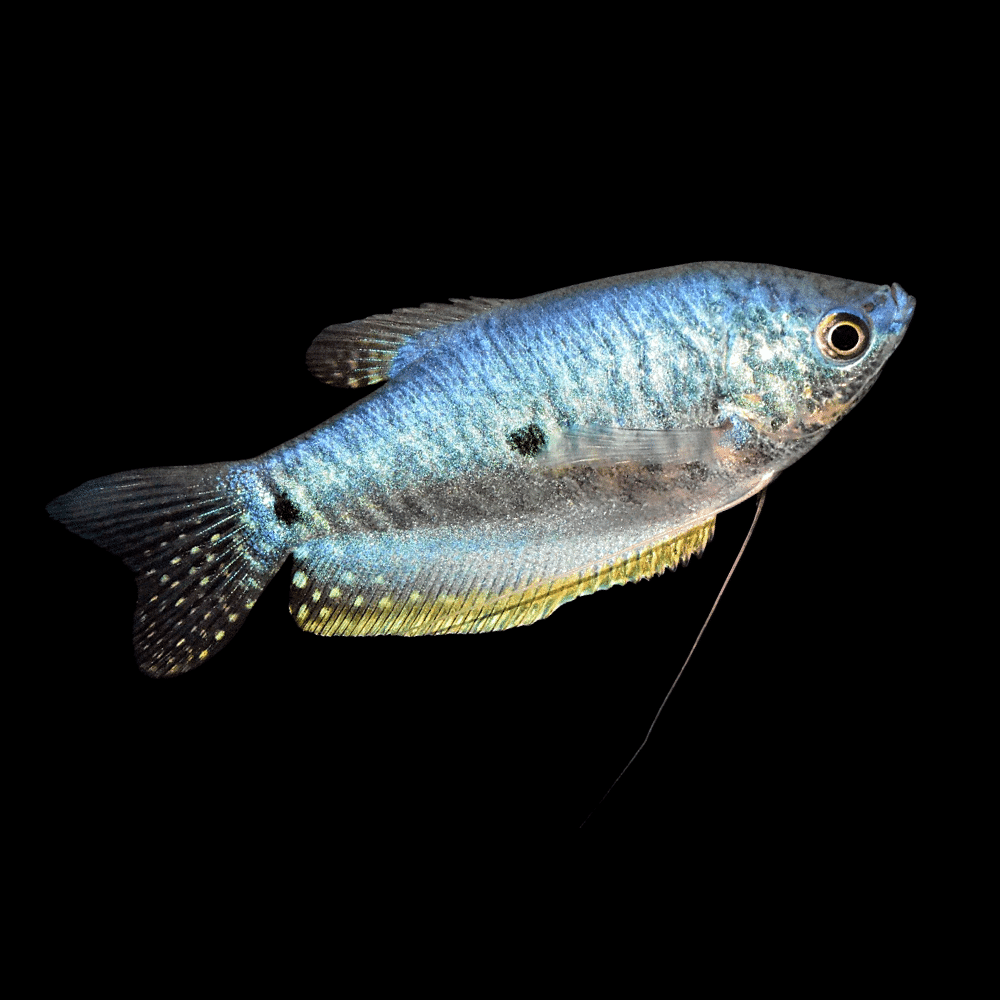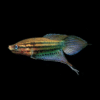-
×
 Assorted Colour Vampire Crab Geosesarma Sp 2-3Cm
1 × £8.71
Assorted Colour Vampire Crab Geosesarma Sp 2-3Cm
1 × £8.71 -
×

-
×

-
×
 Red Devil Vampire Crab - Geosesarma Hagen - Decapod Crustacean
1 × £8.71
Red Devil Vampire Crab - Geosesarma Hagen - Decapod Crustacean
1 × £8.71 -
×

-
×

Subtotal: £214.82















Jessica Miller (verified owner) –
I recently added two Sumatran Opaline Gouramis to my 55-gallon freshwater aquarium, and I couldn’t be happier! After just a week, they’ve settled in beautifully, showcasing their vibrant colors and charming behaviors. They’re not only stunning to look at, but they also have such unique personalities! I love watching them glide around the tank, interacting with my other fish. Compared to some other gourami species I’ve kept, these guys are much more active and social. They seem to thrive in a community tank setting, which is perfect for my setup. One minor concern is that they can be a bit skittish at first, so providing plenty of hiding spots is a must. Overall, I highly recommend these tropical fish to anyone looking to add some life to their aquarium—especially beginners! Just make sure you’re ready to appreciate their playful nature! I will definitely consider getting more in the future.
Emily Carter (verified owner) –
I recently added 2 Sumatran Opaline Gouramis to my 55-gallon tank, and I couldn’t be happier! These freshwater fish have brought so much life and character to my aquarium. Their shimmering colors are absolutely stunning, especially when they swim through the plants. I’ve had them for about three weeks now, and their behavior is delightful to watch. They glide gracefully and are quite sociable, often interacting with my other fish.
Compared to other tropical fish I’ve kept, these gouramis are much more peaceful and seem to thrive in a community setting. I appreciate that they prefer calm waters and don’t compete aggressively for food. I feed them a mix of high-quality flakes and occasional bloodworms, and they devour everything happily.
One minor concern is that they can be a bit shy initially; it took a few days for them to come out of hiding. However, with some floating plants for cover, they quickly settled in. I highly recommend these beautiful labyrinth fish to anyone looking to enhance their aquarium. They’re perfect for beginners and a wonderful addition for seasoned aquarists as well. Just be sure to provide them with a peaceful environment!